American-Chinese takeout offers a tantalizing mix of dishes that don't actually hail from Asia. From the sweet tang of orange chicken to the spicy kick of Kung Pao chicken and the savory stir-fry of beef and broccoli, these meals are unique creations born from mixing Asian flavors with American tastes. Dive into these deliciously adapted classics!
General Tso’s Chicken
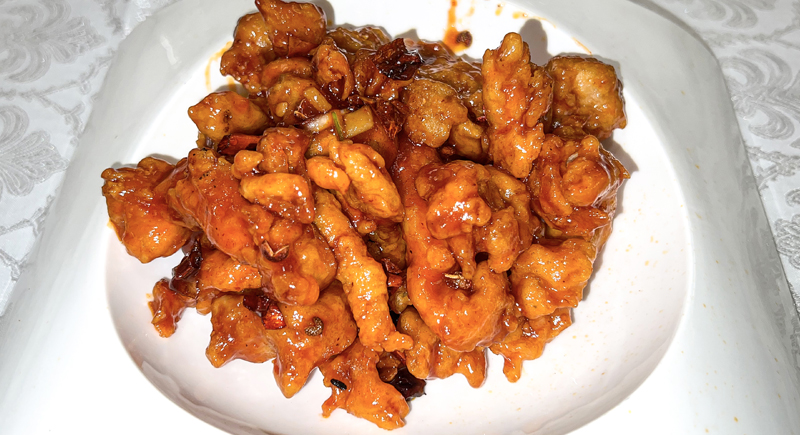
Credit: Wikimedia Commons
Crispy fried chicken chunks in a sweet, spicy sauce define General Tso’s Chicken. This Chinese-American favorite is famous in the U.S. but almost unknown in China. Likely originating in New York City, it has no authentic Chinese equivalent, despite its association with the Asian country's cuisine.
Fortune Cookies
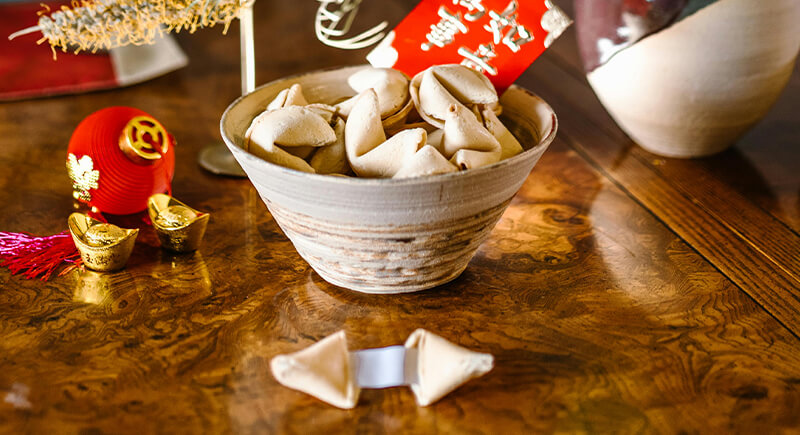
Credit: pexels
Crispy, sweet fortune cookies hold a hidden message but aren't from China. Associated with Chinese cuisine in the U.S., they actually originated in California. Japanese immigrants first introduced them. In China, they have no direct matches, making them a distinctly American twist on Chinese dining.
Sesame Chicken
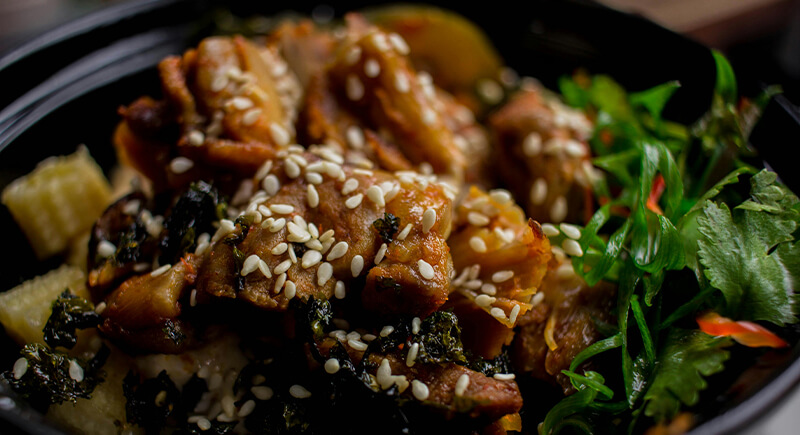
Credit: pexels
Crispy fried chicken coated in a sweet sesame sauce defines sesame chicken. Popular in American-Chinese takeout, it’s barely recognized in China. Likely invented in the U.S., this dish has no traditional Chinese counterpart, despite its perceived connection to Chinese cuisine. It's an American creation with Chinese flavors.
Crab Rangoon
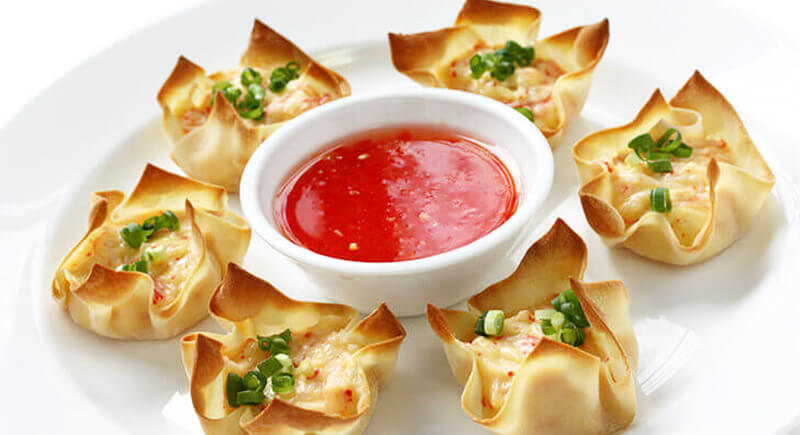
Credit: iStockphoto
A creamy crab and cream cheese filling inside a crispy wonton shell makes Crab Rangoon. Popular in American-Chinese takeout, it has no authentic Chinese origin. Likely created in the United States, this dish is a Western invention with Asian-inspired flavors not found in traditional Chinese culinary practices.
Wonton Strips
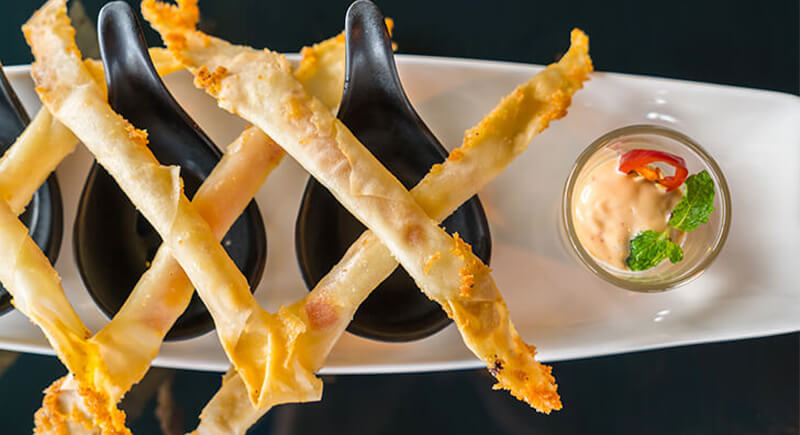
Credit: freepik
Crispy wonton strips are often served as a starter in American-Chinese takeout. These crunchy delights are typically absent in traditional dishes from China. Their creation likely stemmed from American adaptations, adding a Western twist to Chinese-style appetizers with no traditional counterpart in authentic Asian fare.
Chinese Chicken Salad
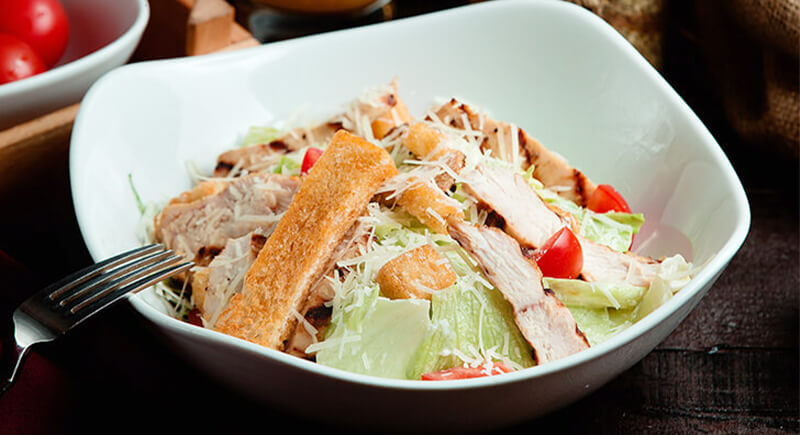
Credit: freepik
Crisp lettuce, chicken, and crunchy noodles in a tangy dressing make up Chinese Chicken Salad. Common in American eateries, it’s not part of traditional Asian dishes. This salad likely originated in California, adding an American twist to Asian-inspired flavors without a true counterpart in authentic Asian cuisine.
Chop Suey
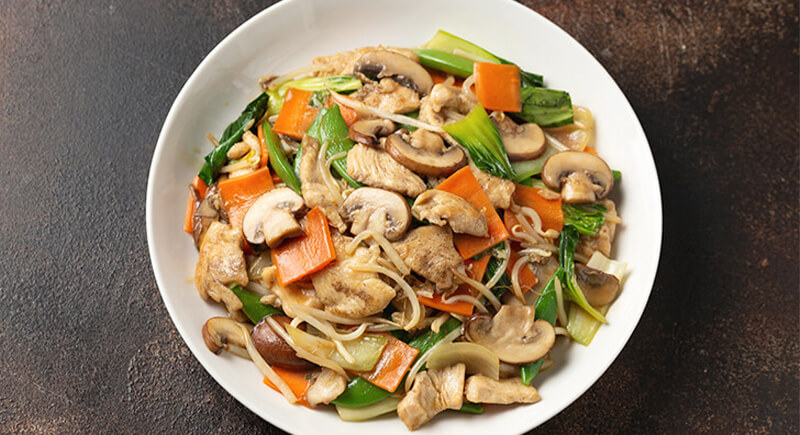
Credit: iStockphoto
Chop Suey features meat, eggs, and vegetables stir-fried in a thick sauce. Popular in American takeout, it’s rarely found in authentic Asian dishes. This dish likely originated in California during the 19th century, combining Western ingredients with Asian-inspired cooking without a genuine counterpart in traditional Asian cuisine.
Chicken Teriyaki
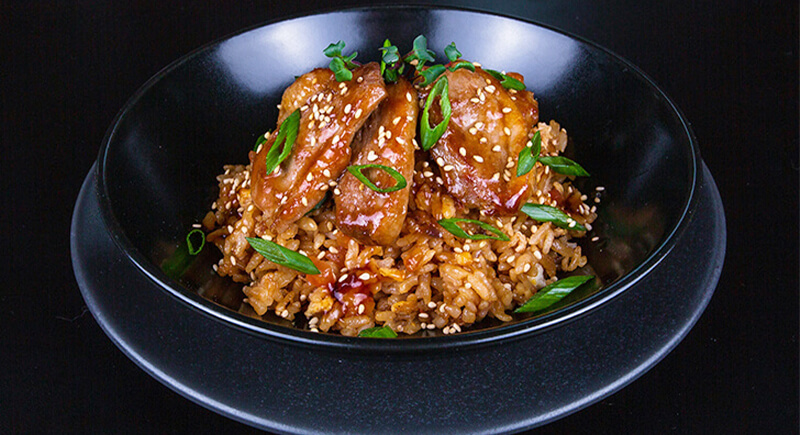
Credit: pexels
Sweet, savory chicken teriyaki, though popular in American-Chinese takeout, is actually Japanese. This dish features grilled chicken glazed with a tangy sauce, mistakenly associated with Asian-American menus. It has no true counterpart in traditional Chinese meals, instead hailing from Japan’s culinary tradition.
Moo Shu Pork
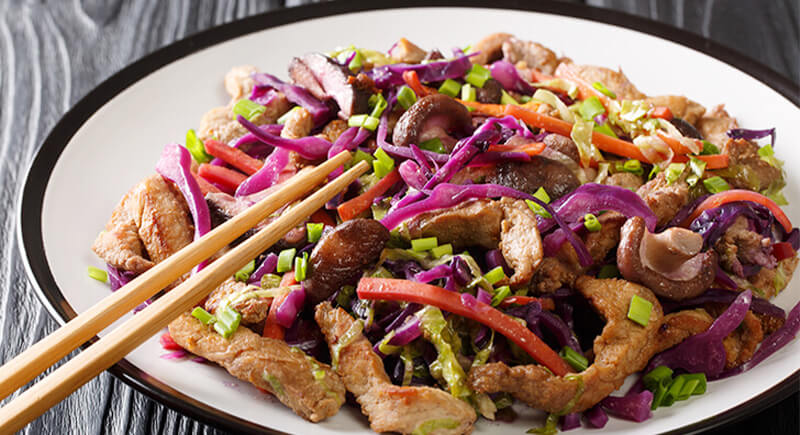
Credit: iStockphoto
Moo Shu Pork combines shredded pork, vegetables, and scrambled eggs, wrapped in thin pancakes. Popular in American takeout, this dish is adapted from a northern Chinese stir-fry but is less common in traditional Asian eateries. The American version often adds hoisin sauce, diverging from its original flavors.
Sugar Doughnut
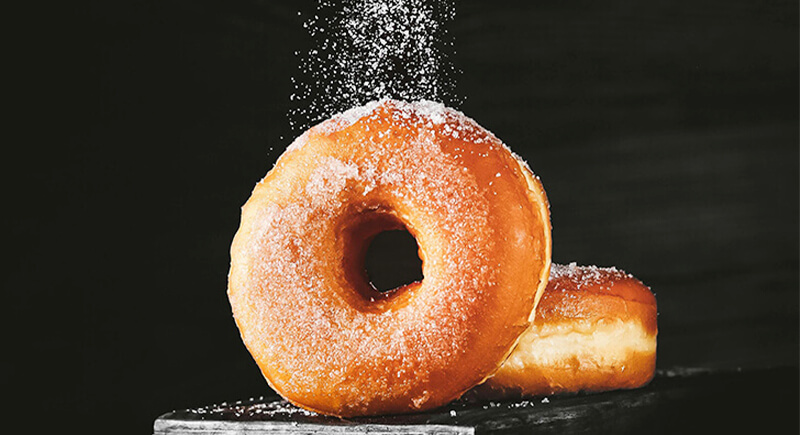
Credit: pexels
Soft and sweet sugar doughnuts, found in American-Chinese takeout, are deep-fried treats dusted with sugar. Though a favorite in the U.S., they don't come from traditional Asian menus. Originating in American kitchens, these sugary delights don't have a genuine match in authentic Asian culinary traditions.
Egg Foo Young
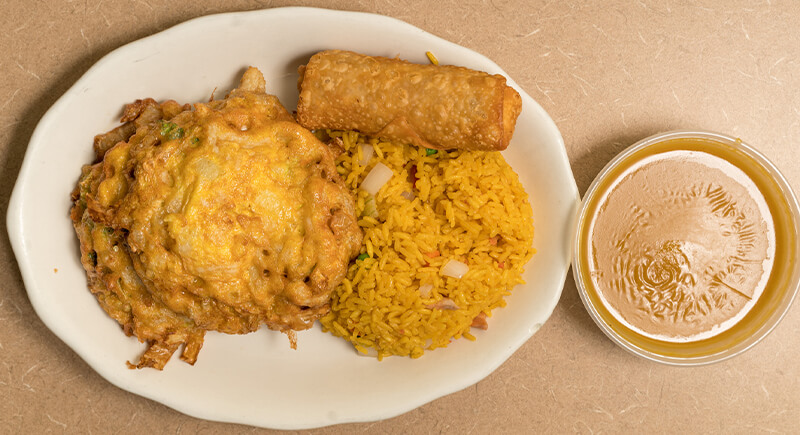
Credit: iStockphoto
Egg Foo Young, a popular American-Chinese dish, is a fluffy omelet filled with vegetables, meat, and bean sprouts. Topped with a spicy brown sauce, this dish is associated with Chinese-American menus. It originated from traditional Chinese egg dishes but evolved in American kitchens, making it distinct from original Chinese foods.
Sweet and Sour Pork
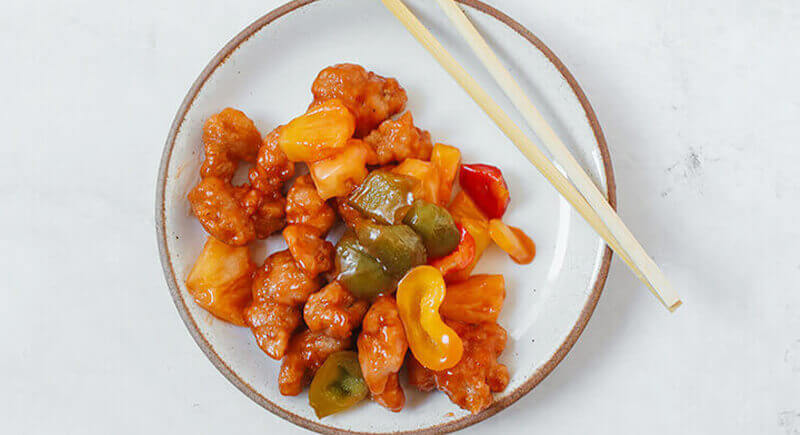
Credit: pexels
Sweet and Sour Pork comes from fried pork pieces coated in a tangy, sugary sauce. Popular on Americanized Chinese menus, it has roots in Cantonese cooking but is adapted to Western tastes. The American version often includes bell peppers and pineapple, differing from its original form in traditional Asian foods.
Orange Chicken
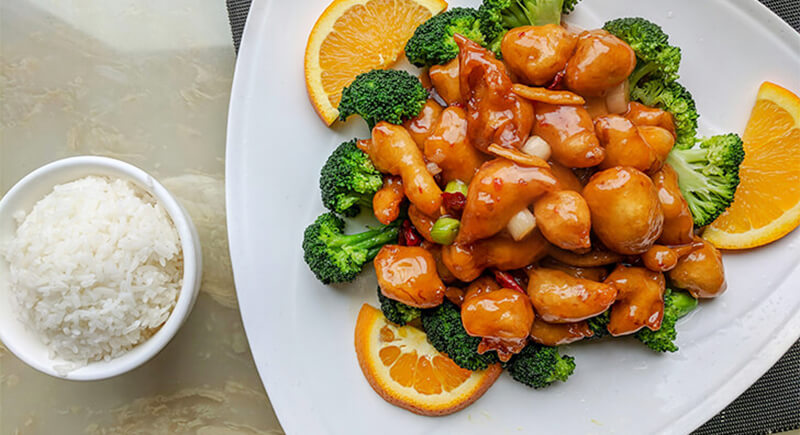
Credit: unsplash
Orange chicken is made of battered and fried chicken pieces in a sweet, tangy orange sauce. Associated with American-Chinese menus, it has no genuine Asian sibling. This dish originated in the United States, likely inspired by sweet and sour flavors, offering a unique twist not found in traditional Asian cooking.
Kung Pao Chicken
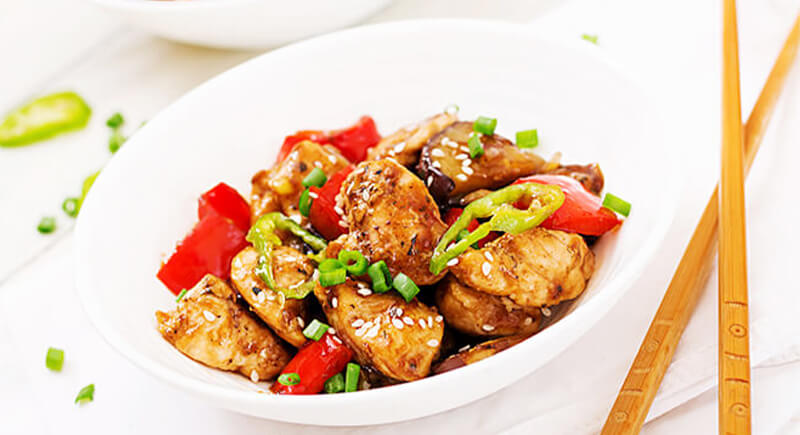
Credit: freepik
A burst of spicy, tangy flavors defines Kung Pao Chicken, a stir-fried mix of chicken, peanuts, and vegetables. Popular on American-Chinese servings, it hails from Sichuan cooking but has been adapted to milder Western tastes, missing the authentic numbing heat of Sichuan peppercorns in traditional dishes.
Beef and Broccoli
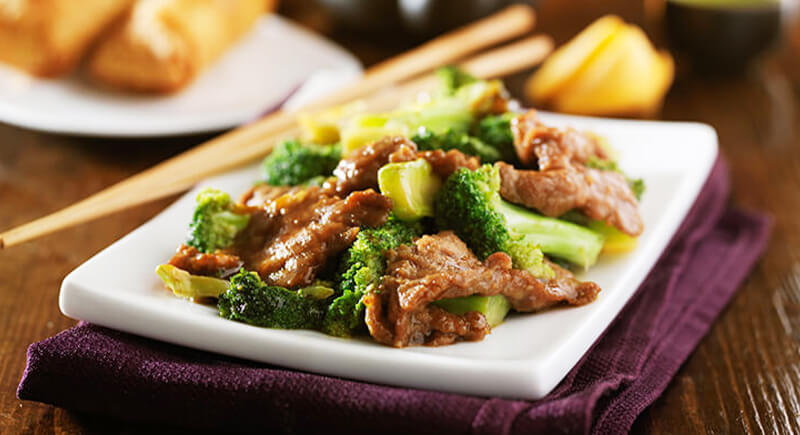
Credit: iStockphoto
Tender beef and crunchy broccoli, stir-fried in a savory soy-based sauce, characterize beef and broccoli. Popular in American-Chinese eateries, this dish doesn't have a genuine Asian substitute. It emerged in the United States, fusing Asian-inspired flavors with local ingredients to create a unique combination not found in conventional Asian meals.
